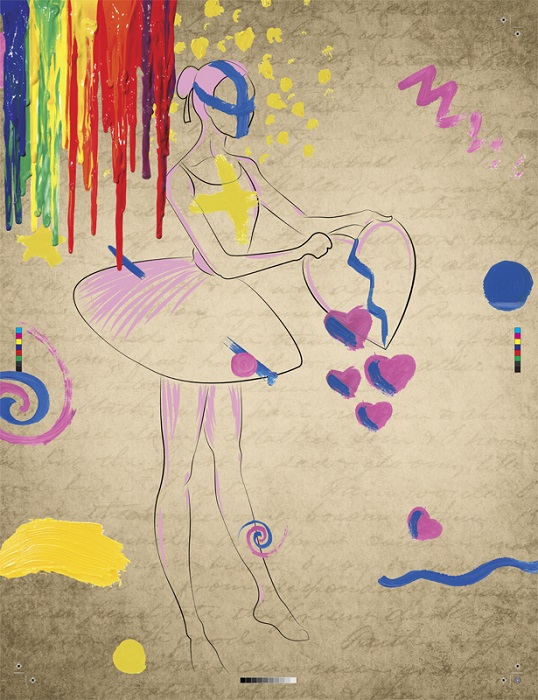
Breaking the Silo
We live in the most technologically advanced society to date. Some of this advanced technology is a result of or has lead to the creation of things that the average human uses everyday. Such notable tech such as smart phones, social media, the Internet, email, etc. has made life easier and more connected for some. However many others could argue that this connectivity has made this a much more complex and interconnected life is actually overwhelming and unnecessary at times. Now the idea of “being alone in a crowd” isn’t a trite song lyric from the latest boy band, but a reality that people are facing and getting more comfortable with a diminished personal interaction with others.
The silo mentality is defined as a mindset present when certain departments or sectors do not wish to share information with others in the same company. This type of mentality will reduce efficiency in the overall operation, reduce morale, and may contribute to the demise of a productive company culture. Many artists willingly isolate themselves in their “Silo” and focus on their art practice without branching to innovate or experiment for personal advancement or group advancement. One of the hardest things an artist can do is to share their innovative technique or practice for fear of it being stolen or ripped off. Pablo Picasso said that “good artists copy; great artists steal.” Steve Jobs famously and controversially referenced this quote while addressing audiences about his advancements in technology, technology that has a hand in isolating it’s users from those around them.
During the fall semester of 2014, seven students participated in a Collaboration Studio course at Troy University in Troy, Alabama. By breaking through their personal silos, communication barriers, and creative barriers the students worked together as teams to create the artwork displayed here. As the students increasingly became more comfortable with each other they also became even more excited to work with one another. The joy in the course was seeing how the students solved the same problem that they were given. The isolation and the silos were broken and now the students have presented a group of work that they can call their own.
